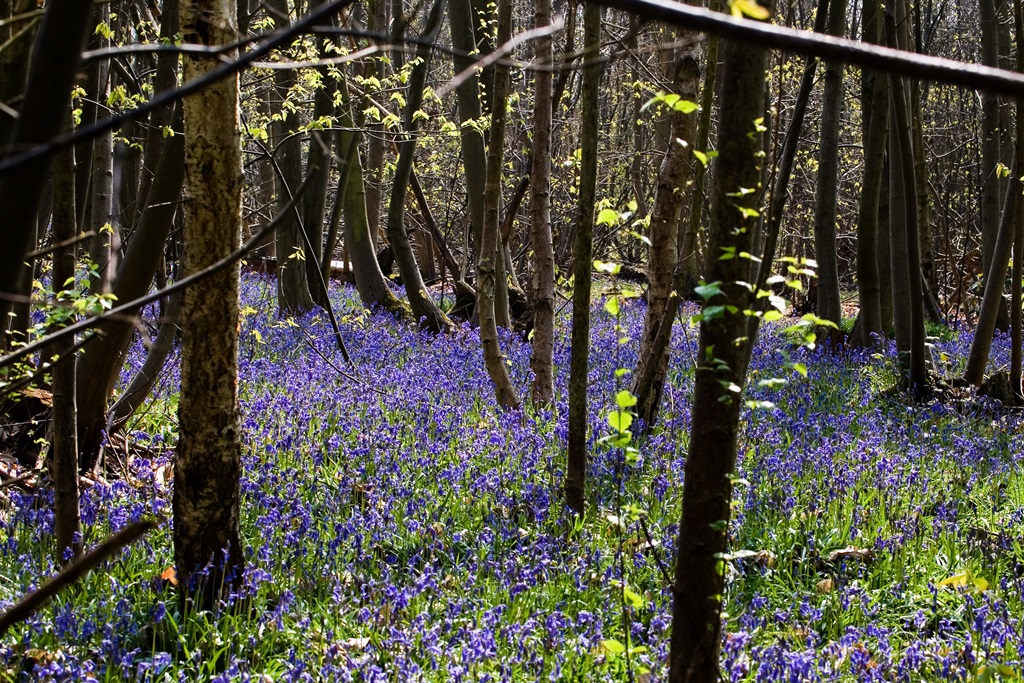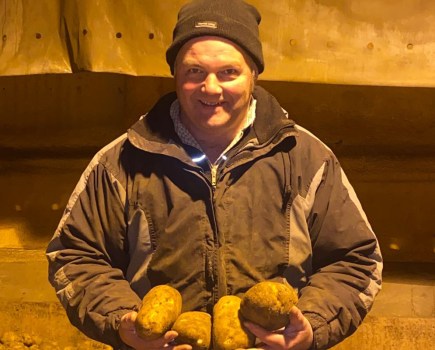 Judging by the party manifestos in last year’s general election, the promises of planting millions of trees was about the only thing all parties had in common.
Judging by the party manifestos in last year’s general election, the promises of planting millions of trees was about the only thing all parties had in common.
Anyone would think it’s the solution to climate change but I’m a tad confused on this. It seems more like a tactic to relieve our collective social conscience without actually facing the real problem – our addiction to consumption.
A review of the scientific literature on growing trees for carbon sequestration found that to offset the country’s CO2 emissions, a land area twice the size of the UK would need to be planted with trees. Tree-planting simply buys time.
The political leaning towards afforestation falls well short on detail, particularly when it comes to the ‘where’ and the ‘what’. So why’s this important? Let’s take the ‘where’. The government has promised to plant 30 million trees over five years – that will cover an area of 30,000ha but falls well short of the recommendations put forward by the Committee for Climate Change of 30,000ha/annum.
So where will this 30,000ha come from? Some will undoubtedly be agricultural land if attractive incentives are offered but the current grant offerings plainly aren’t cutting the mustard as tree planting fell short of government targets in 2019.
A scheme called the Woodland Carbon Guarantee was launched last year and provides a reward for carbon storage in the form of credits which can be sold to the government for a guaranteed price every five or 10 years, up to 2055/56, perhaps opening up a new income stream from woodlands.
But when it comes to the ‘where’ of planting trees, not all soil types provide the same carbon sequestration benefit as others. In fact planting trees on high organic matter soils, as happened in the 1980s, actually releases carbon as the soils dry out. The biggest value from planting trees would be on sandy soils which have little organic matter.
Getting the ‘where’ wrong could have unintended consequences – tree planting may look the most attractive to hard-pressed livestock producers yet planting on species-rich pastures could amount to a crime against biodiversity.
Then there’s the ‘what’ to consider – the question of species is a big one. One option is to plant slower-growing native species, providing a more open woodland which will take 60 years to store 500t/ha of carbon (John Nix Pocketbook, 2020). Or should it be the quicker growing softwood, Sitka Spruce, which has dominated forestry planting for decades?

Could this be the new farming as we progress deeper into the 21st century?
At this point, it’s worth mentioning that trees aren’t a permanent carbon sink, they only store carbon as long as they’re living unless their wood is turned into something with longevity, such as furniture or used in house building. If the wood is pulped, or the carbon released by natural happenings, fire or windblow, then the tree is adding to the carbon problem – as is happening with the Australian bushfires which are releasing an enormous amount of carbon into the atmosphere.
Planting trees isn’t the only means of carbon sequestration so perhaps a more considered, joined up approach could be taken to looking at a range of solutions? Agroforestry may provide an alternative to woodlands that goes hand-in-hand with regenerative agriculture, increasing agricultural productivity in a sustainable way.
Whichever way you skin it, it’s advances in technology that will help agriculture provide a solution to climate change. Plant breeding is just one of these technologies – crop plants which will store more carbon, utilise nitrogen more efficiently, fix their own nitrogen supplies. And it’s gene editing which would speed up bringing in these solutions.
In fact, government could remove other blocks to farming in a more carbon-neutral way. Hemp is a crop which has carbon neutral written all over it. It can be utilised in the construction industry as a green alternative to concrete, storing its carbon in hempcrete, or as fibre in textiles. It could also be grown to meet the demand for CBD oil, which currently can’t be produced in the UK under Home Office rules. If responsibility for hemp was passed back to Defra then it opens up more opportunities for using the land area to sequester carbon and at the same time, reducing the carbon footprint of other industries, such as construction.
British agriculture is willing and able to do more than its bit to mitigate climate change, but it’ll be a lot harder with its hands tied behind its back, and there’ll be more flexibility to provide the solutions if all the available land isn’t taken up with trees.
Based in Ludlow, Shrops, CPM technical editor Lucy de la Pasture has worked as an agronomist. @Lucy_delaP




